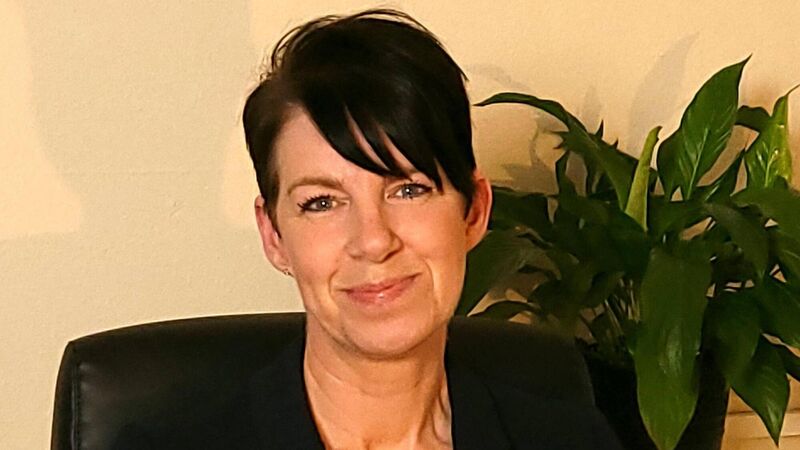Women and cardiovascular disease: I was fit and healthy - and had a heart attack at 46

Nichola Wilson-Miller, who had a heart attack at 46
Nichola Wilson-Miller, a 48-year-old business coach and mother from Dunmanway in Cork, was 46 years old when she had a heart attack in 2020. Having joined the Royal Navy after school and spent her life being fit and active, she could not believe what was happening to her.
"I worked out four or five times a week and had a fit and healthy body that could keep going all day," she says. "How could I have a heart attack? Such things didn't happen to people like me."

Celebrating 25 years of health and wellbeing








